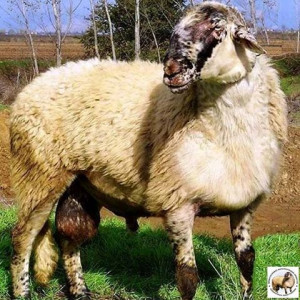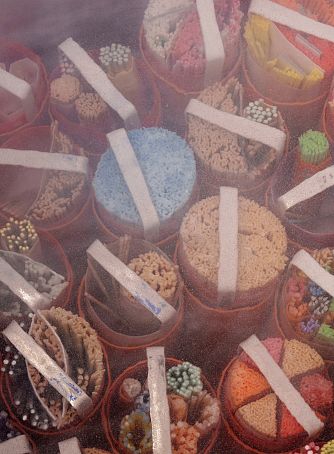
Practical recommendations for the developpment of genebanks
Various initiatives have focused on strengthening ex situ conservation activities across Europe. However several studies pointed out that many breeds in European countries have either no or insufficient material in genebanks.
The Ad Hoc Action “Strengthening national capacities towards the development of a
national Gene Bank strategy” main objective was utimately to define solutions and priorities to support national efforts towards the development of a national cryo-conservation strategy.
The current set of guidelines is based on the information collected and analyzed through this AHA. It aims at training actors to adopt good practices in ex situ conservation and contains practical recommendations for the development of genebanks. It can support relevant activities and initiatives in European countries by providing practical examples of solutions to relevant problems and gaps.
These guidelines are based on actions already implemented and could be therefore directly used in
similar cases, as proposed in the recommendations, or by creating initiatives based upon the original
models.
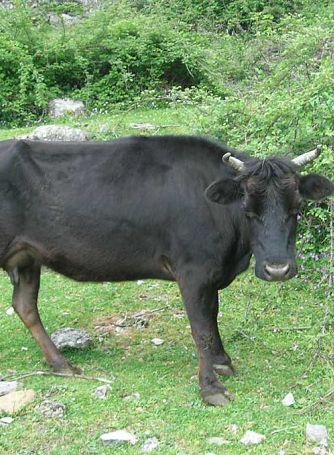
Molecular caracterisation as a tool for breed conservation - example of the Busha cattle in Serbia
The molecular caracterisation of a breed requires both time and significant financial resources. In Serbia, a multidisciplinary team of experts from IMGGI, the Institute of Animal Husbandry (IAH), the Faculty of Agriculture of the University of Belgrade (FA UB) and the Faculty of Veterinary Medicine of the University of Belgrade (FVM UB) dedicated a specific project for the analysis of an emblematic breed, the Busha cattle. The final study was published in 2022 and can be seen as a model for the improvement of the conservation of AnGR by means of molecular genetic characterization.
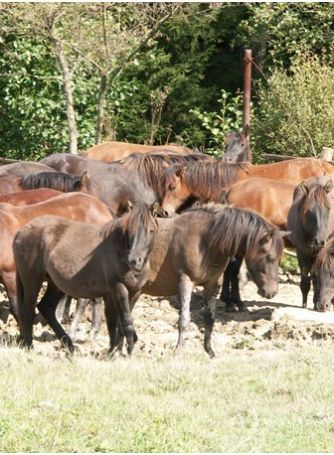
Animal Genetic Resources Strategy for Europe
This document presents the first pan-European strategy for the conservation and
sustainable use of animal genetic resources (AnGR). The Strategy was developed by the
European Regional Focal Point for AnGR (ERFP), and aims to streamline the actions to
be adopted by the European countries to ensure the long-term availability and use of
AnGR.
This flyer presents briefly the objectives and main contents of the AnGR strategy.
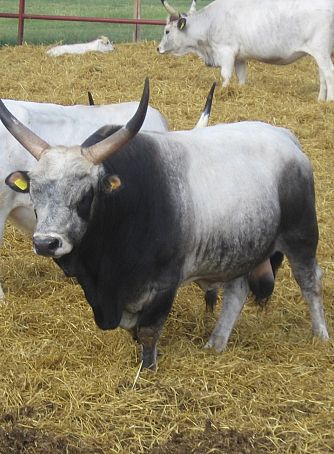
Rural development support measures for Animal Genetic Resources
Countries that are part of the European Union are drafting the last amendments to their new Rural Development Programmes (RDP) which will start beginning of 2023. The RDP can be a powerful tool to enhance the conservation of Animal Genetic Resources (AnGR), either by direct financial support or by measures that indirectly contribute to the conservation of AnGR (e.g. payments for maintaining high quality pastures through grazing, organic production, etc.). Non EU countries also have initiatives that fund AnGR conservation.
The National Coordinator of Serbia, Srdjan Stojanovic, under the umbrella of the ERFP In Situ (WG), initiated a-wide survey in Europe on national support measures for the conservation of local breeds. We hope that the results of this survey will provide new insights for the implementation of support measures for the conservation and sustainable use of AnGR across Europe. Local breeds are not only a source of genetic diversity in agriculture and livestock, they represent a national heritage and provide identity for the local community.

Report of the Ad Hoc Action to support the development of EUGENA
Final Report of the ERFP Ad Hoc action to support the development of EUGENA, to identify candidate EUGENA genebanks, and improve the information about the genebanks in Europe.
This Ad Hoc action was set up in 2020 and led by F. Tejerina (Spain)
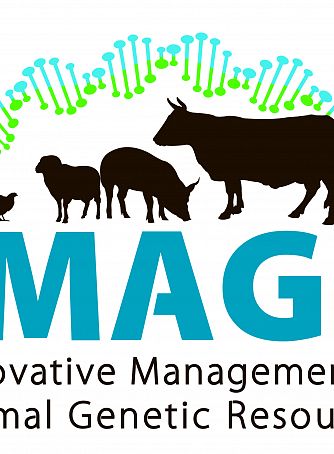
Outcomes of the H2020 IMAGE project
The aim of IMAGE was to enhance the use of genetic collections and to upgrade animal gene bank management. IMAGE will further develop genomic methodologies, biotechnologies, and bioinformatics for a better knowledge and exploitation of animal genetic resources.
The project ended in February 2020 and ERFP participates to broadcast its numerous outcomes through its website.
List of articles in peer review journals
Outcomes of the Dialogue Forum
Youtube Channel of the IMAGE project
Guidelines for the management of gene banks
Inventory and mapping of European animal genetic collections

HERITAGESHEEP website
Heritage Sheep Breeds are defined as regional breeds, playing an important role in local culture and the rural economy, adapted to their environments and helping to sustain the countryside.
A EU project called HERITAGESHEEP was devoted to help the conservation the genetic resources of these breeds during the years 2008/2010.
Inputs from this project are available on this website: https://www.heritagesheep.net/

Best practices for in situ conservation and valorisation of AnGR
Census of previous and on-going projects: a result of the in situ Working Group (task 1) – Feel free to contact the ERFP secretariat to improve our list !
EU projects:
- HERITAGESHEEP – 2007 to 2009 – https://www.heritagesheep.net/
- EURECA – 2006 to 2009 – http://www.regionalcattlebreeds.eu/
- Preparatory action on Genetic Resources – 2016 to 2018 – http://www.geneticresources.eu
- TREASURE – 2015 to 2019 – https://treasure.kis.si/
- REDIVERSE – 2017 to 2020 – https://era-susan.eu/content/rediverse
- INTERREG:
- Bluesel (2010 to 2015) – http://www.bluesel.eu
- BlueSter (2018-2021) – https://www.interreg-fwvl.eu/sites/default/files/bluester_fr.pdf
FAO:
“Animal Genetic Resources” journal
- Special issue “Adding value” – http://www.fao.org/docs/eims/upload/314794/I3445Tri.pdf
- Adding value to livestock diversity – FAO, 2010 … not in Europe
- FAO success stories- 7 European cases to be uploaded
Baudet du Poitou donkey (France) / Bela Krajina Pramenka Sheep (Slovenie) / Caldela cattle (Spain) / Cika cattle (Slovenie) / Gray Cattle (Turkey) / Krškopolje (black-belted) pig (Slovenie) / Nordland Lyngen horse (Norvege)
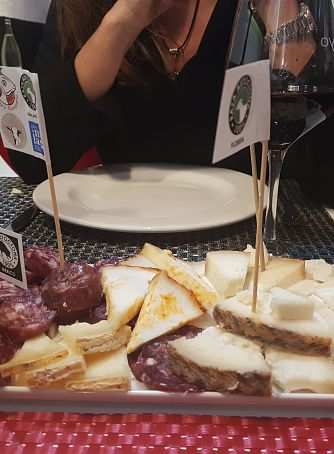
Exchange of recommendations of national advisory bodies on AnGR
Part of the work of the Working Group “In situ conservation and valorisation of AnGR” was to compile relevant documents from national advisory bodies about in situ conservation. A first set of documents can be found below, further documents will be added as new inputs will be sent from the National Coordinators.
- Development plan of the National Program for the conservation, improvement and promotion of livestock breeds (https://www.mapa.gob.es/es/ganaderia/temas/zootecnia/Plan%20Nacional%20Ingles%20Red_tcm30-119131.pdf, source: Zootechnical team of the General Subdirection of Means of Production of the Ministry of Agriculture, fisheries and food of Spain)
- a. Procedure for the inclusion of a breed in the Spanish catalogue of official livestock breeds (source: Zootechnical team of the General Subdirection of Means of Production of the Ministry of Agriculture, fisheries and food of Spain) Procedure PDF document and b.Criteria for considering a breed at risk of endangerment in the official catalogue of livestock Criteria PDF document
- Agrobiodiversity in Southeast Europe – Assessment and Policy Recommendations (source: Rivera F., Gaugitsch,H., Bartel A., Schindler S.) Agrobiodiversity South East PDF document
- Animal genetic resources and animal diseases – need for action for prevention and in the case of an acute disease outbreak (source: German Advisory Board on Animal Genetic Resources) Animal diseases PDF document
- Status, Problems and the Actions Needed on Conservation-Breeding Programmes for Indigenous Farm Animal Breeds Threatened by Extinction (source: German Advisory Board on Animal Genetic Resources) Actions Needed Conservation PDF document
- Activating Consumers for the Conservation of Biodiversity in Agriculture! (source: Scientific Advisory Board on Biodiversity and Genetic Resources at the Federal Ministry of Food and Agriculture of Germany) Activating Consumers PDF document
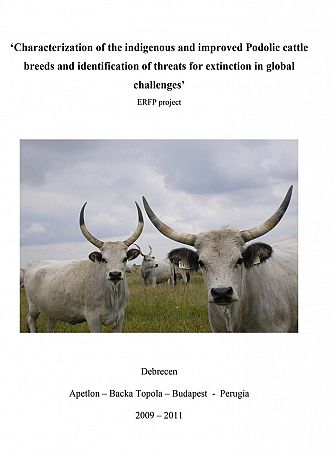
Characterization of the indigenous and improved Podolic cattle breeds and identification of threats for extinction in global challenge
project coordinator: Tamás Szobolevszki, NC Hungary
project duration: 2009-2011
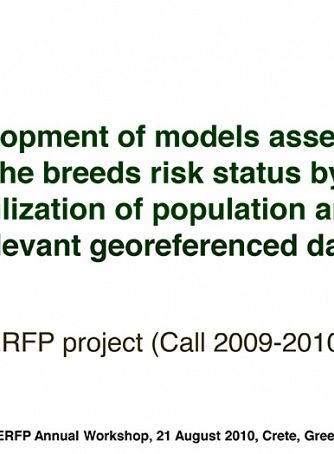
Development of models assessing the breeds risk status by utilization of population and relevant georeferenced data
project coordinator: Christina Ligda, Greece
project duration: 2010-2014

Seminar on conservation and use of farm animal genetic resources: challenges in practice
project coordinator: Sipke-Joost Hiemstra, NC Netherlands
project duration: May 2010 – October 2010

